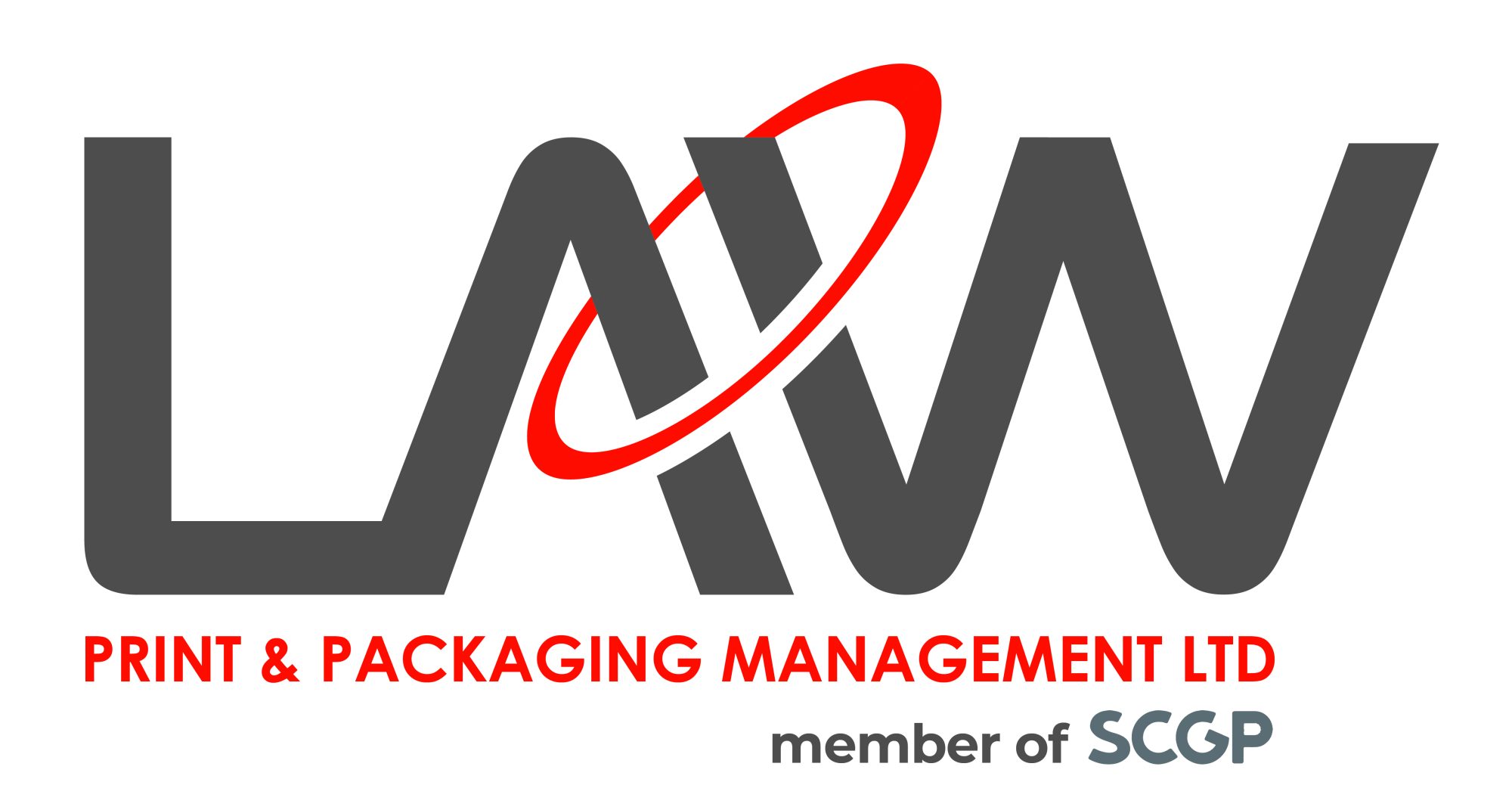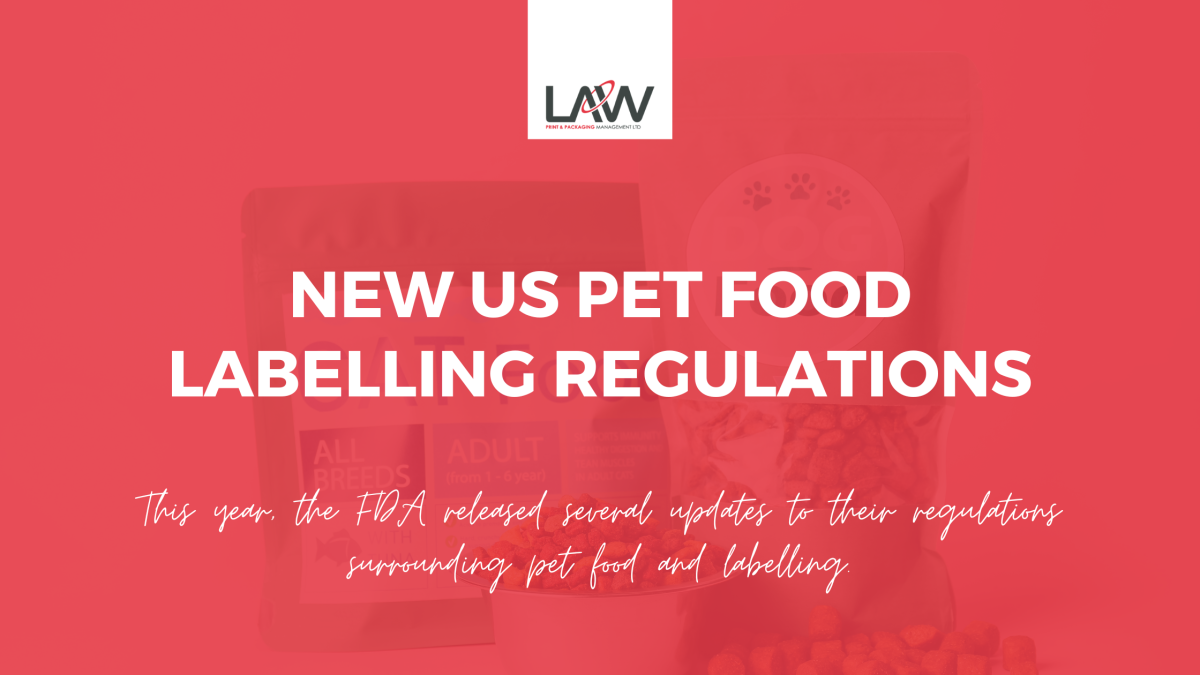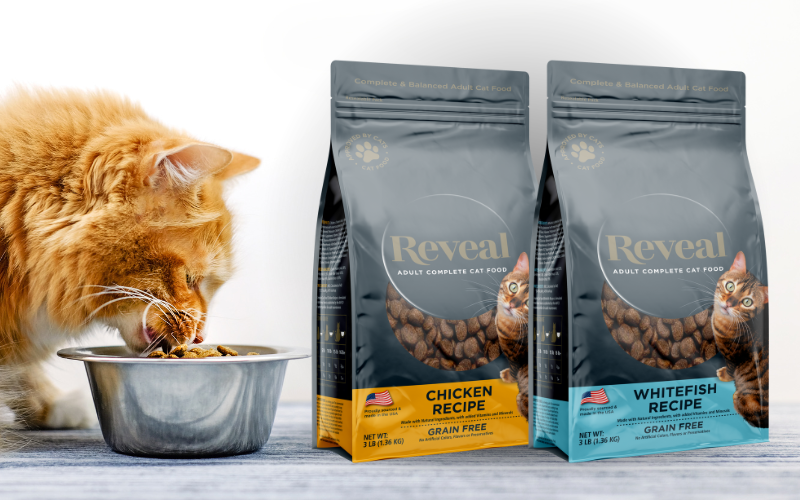This year, the FDA released several updates to their regulations surrounding pet food and labelling. Since our trip to Global Pet Expo, we have received lots of questions from US-based pet brands, who are looking for clarity and advice.
Artwork Flow HQ have put together a helpful guide to these regulations. Please feel free to get in touch with us if you require any advice.
1. Labels
The first requirement to ensure while labelling your pet food products and items is to follow the eleven Model Regulations for Pet Food and Speciality Pet Food, given by AAFCO. Using the correct label format and labelling can ensure your users have access to the correct information. Here’s a list of details that your pet food product label must include:
- The right product name
- The species of pet(s) for which the product is manufactured.
- A clear description of the quantity statement is mentioned in the package.
- A list of all ingredients in the product
- A statement of nutritional adequacy, if required
- Feeding directions, if required
- Name and address of the manufacturer or distributor
2. Product name and intended species
The AAFCO regulations state that the name of the pet food product should mention what the product is all about. It is ideal to mention the species name in the product name using words such as “for Dogs.” This allows consumers to indicate the species’ intended use. The product names can focus on one particular aspect of the product, say “beef” or “tuna”. Because many consumers purchase a product based on that one ingredient, there are four AAFCO rules you must follow to list the product component in the name.
I. The 95% Rule
This rule is applicable to products that consist primarily of very few ingredients. For example, a product could be named “Beef for Dogs”.
In such a case, the said product component, beef, should amount to at least 95% of the product’s total weight, excluding water and other condiments added for processing.
If water and other condiments were included, the named ingredient must still comprise 70% of the product.
Note: In case the name includes a combination of ingredients, such as “Chicken and Fish Dog Food”, the two named ingredients must comprise 95% of the total weight.
II. The 25% Or “Dinner” Rule
This rule applies to canned and dry products. If the named ingredients contain at least 25% of the product (excluding the water for processing) but are less than 95%, the product name must include a qualifying descriptive term such as “dinner”. For example, “Chicken Dinner for dogs.”
Including the added water, the said ingredient must still comprise 10% of the product. Descriptors other than dinner may also be used, such as “platter”, “entree”, “formula”, and “nuggets”.
Note: If multiple product components are being used in the name, such as “Chicken and Fish Dinner Cat Food”, both ingredients must total 25% of the product, and each named ingredient must be at least 3% of the total.
III. The 3% Or “With” Rule
The use of the term “with,” such as “Cat food with Fish”, mandates that fish should be at least 3% of the product.
IV. “Flavour” Rule
No specific percentage is required in this case, but a product must contain an amount sufficient that it can be detected.
It’s also mandated that in the name “Beef Flavour Dog Food,” the word “flavour” must appear on the label in the same font, size, and colour as the word “beef”.
3. Net Quantity Statement
Most labels see quantity statements as “net weight” or “net contents.” This statement must appear on the bottom third of the principal display panel. It is essential to ensure the panel is separated from other statements around it. There needs to be a clear space before and after the quantity statement. Net contents are usually represented in counts or weights for dry goods and gallons, pints, or ounces for liquid-based goods.
This indicates how much product the container has. Because a bag that typically holds 40 pounds of food may contain only 30 pounds with the rest puffed up, compare the cost per ounce or per pound to get the best value.
The AAFCO mandates expressing the weight in an ounce-pound unit and must include the appropriate metric unit, such as 50 lb (22.67 kg)
Abbreviations can be used for the units in the Net Quantity statement. Although this could be in either lowercase or uppercase, lowercase is mostly preferred. For example, oz for ounce, qt for quart, gal for gallon, lb for pound, and fl for fluid. Metric units should be in lowercase only. Exceptions are mL for millilitre and L for litre.
Note: If this statement is in terms of units of count, such as capsules or tablets, this information must be coupled with a statement of weight or size of individual units to convey the amount of feed present.
4. Guaranteed analysis
The AAFCO regulations state that all pet food product labels must include a “Guaranteed Analysis” section. It helps highlight the minimum percentage of protein (crude) and fat (crude) and the maximum percentage of crude fibre and moisture. The label must contain information about whether the product is advertised as containing significant nutrients. The guarantee should be a specific number or a percentage, e.g., 12% (absolute value), and not a range (10-15%), and it should mention whether it’s a minimum or a maximum.
These guarantees will be printed in a specific order as mentioned in the AAFCO guidelines.
Here’s a detailed order for the same.
How To Express Guarantees
- Guarantees for crude protein, equivalent crude protein from NPN, lysine, methionine, other amino acids, crude fat, crude fibre, ADF, and NDF must be stated as a percentage by weight.
- Guarantees for calcium, salt, and sodium when present must be stated in percentage by weight in the following format:
a) When the minimum percentage is below 2.5%, the maximum shall not exceed the minimum by more than one-half of a percentage point (for example, minimum 2.0%, maximum 2.5%).
b) When the minimum percentage is between 2.5% and 5.0%, the maximum shall not exceed the minimum by more than 1 percentage point (minimum 3.0%, maximum 4.0%.)
c) When the minimum is above 5%, the maximum shall not exceed the minimum by more than 20% of the minimum and by not more than 5 percentage points (minimum 28.0%, maximum 33.0%).
3. State guarantees for minimum and maximum salt and total sodium, minimum potassium, magnesium, sulfur, phosphorus, and maximum fluorine as a percentage by weight.
4. State other mineral guarantees in parts per million (ppm) when the concentration is less than 10,000 ppm (1%), or as a percentage by weight when the concentration is greater than 10,000 ppm (1.0%). Group mineral guarantees by unit of measurement.
5. State vitamin guarantees in the following units:
- Vitamin A, D, and E, International Units (IU) per pound
- Vitamin D3 for Poultry Feeds, International Chick Units (ICU) per pound
- Vitamin B12 in milligrams or micrograms per pound
- All other vitamins, milligrams per pound
Note:
- When species-specific feed guarantees require a copper, selenium, or zinc guarantee, it must be expressed as parts per million (ppm).
- Do not guarantee crude protein, crude fat, or crude fibre if the feed is not intended to supply them or contains them in amounts too low to significantly support the feed’s intended function.
For species-specific guarantees, refer to the Tables in AAFCO OP.
5. Ingredients
Like every other food label, every pet food product must contain a section detailing all the ingredients used in the product. List the ingredients by their common names. Plus, arrange them in descending order by weight in the product, and present them in the same font type and size.
6. Statement of nutritional adequacy
Pet food products labelled as treats, snacks, or supplements do not need to include a nutritional adequacy statement on their labels. However, there’s no restriction on having this statement on the label. The statement should include a line explaining how the line can meet the animal’s daily nutrient needs for the given life stage. FDA deems a pet product unsafe if it claims to be “complete”, “balanced”, and “100% nutritious”, which suggests a product is suitable for sole nourishment when in reality it’s not.
If you want to label it as a “complete and balanced” pet food, you have to substantiate this nutritional adequacy by either of these two steps:
- The first method formulates the pet food with all the ingredients needed to provide nutrient levels that meet an established profile. Currently, manufacturers use the AAFCO Dog or Cat Food Nutrient Profiles. Products that meet these profiles must include the statement: “(Name of product) is formulated to meet the nutritional levels established by the AAFCO (Dog/Cat) Food Nutrient Profiles.”
- The second method involves testing the product using the AAFCO Feeding Trial Protocol. In this, the product is fed to dogs or cats under strict guidelines. It’s also found to provide proper nutrition.
>These products should carry the words “Animal feeding tests using AAFCO procedures substantiate that (name of product) provides complete and balanced nutrition.“
This statement should also mention for which life stage the product is suitable, such as for “growth” or “maintenance”.
A few products also meet the stringent nutritional needs “for all life stages”
Suppose products do not meet either of these methods or life stages. In that case, state on the label: “This product is intended for intermittent or supplemental feeding only,” unless the label identifies the product as a “snack,” “supplement,” or “treat.”
7. Feeding directions
Pet food product labels need to mention the feeding directions of the respective pet food product in simple and understandable terms. This is to help consumers measure accurately and feed the intended species accurately.
Feeding directions educate the customer on how much product should be offered to the animal. At a minimum, this includes statements such as:
If these instructions can’t be printed on the front of the label, you must direct the reader to its location. For example, such as “see back of the label for feeding directions”.
This statement also mentions that caution and warning statements must appear in a prominent place on the label.
In the case of medicated feed, the user should be provided with specific information regarding it. This should include the intended dosage, weight restrictions, mixing instructions, and withdrawal time, if applicable.
8. Manufacturer’s Name and Address
The label must print the manufacturer’s name along with the street address, city, state, and zip code. The manufacturer may omit the street address if it appears in the current city directory or phone book.
If the responsible party does not manufacture the food, the label must include a phrase. This can be such as “Manufactured for __________” or “Distributed by __________.”
The manufacturer can list the principal place of business in the address instead of the actual location. You can state where the feed was manufactured, packed, or distributed, as long as you do not mislead consumers.
8. Other Label Claims
Many pet food products label themselves as “natural,” “premium,” or even “super-premium.” However, products labelled “premium” don’t necessarily contain higher quality or different ingredients. Nor do they meet any higher nutritional standards than other complete and balanced products.
To use the term “natural” on pet food products, AAFCO defines the types of ingredients considered “natural.” This definition generally equates to the absence of artificial flavours, colours, or preservatives, while allowing natural preservatives like mixed tocopherols.
Note: “Natural” isn’t the same as “organic”, as the latter refers to conditions in which plants and animals were raised. To make an organic labelling claim, the pet food must satisfy the criteria set by the United States Department of Agriculture (USDA).
If your brand wants to invest in quality packaging, we will guide you through the entire print process. In addition, we are providing recommendations along the way to improve efficiency, reduce costs and add untold value to the end product.
Contact us on +44 (0) 161 440 7302 or follow this link to complete our contact form – or, we’ll see you there!


